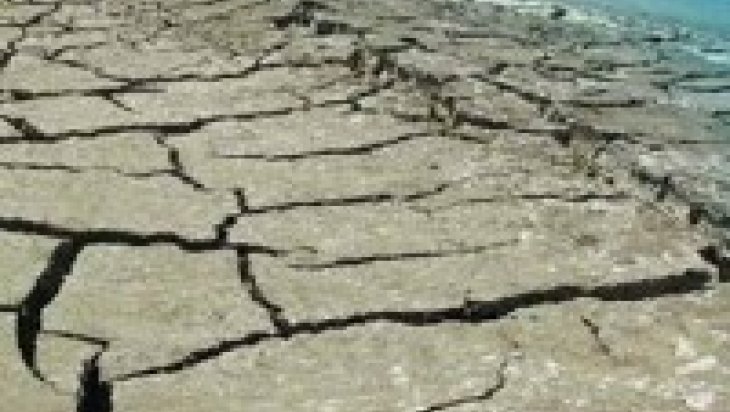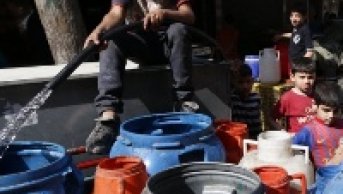Water Crisis in Iran is Getting Worse

This year, since the precipitation is below the seasonal average in the world and especially in the Middle East, the water crisis in Iran increased. In fact, it has been estimated that Iran would have water crisis and have trouble to fulfill the needs of water due to the population growth and occurrence of drought in recent years.
Iran is located in one of the most arid areas with 1, 6 million square kilometers. Its annual average precipitation is 252 mm, which is equivalent to one third of average precipitation of the world. Rainfall and water resources vary in different areas of the country. The amount of renewable water is 130 billion cubic meters. Increasing drought and population growth led to the reduction of water per capita. Water consumption in Iran in 1963 was 4.44 billion cubic meters. This rate increased to 83 billion cubic meters in 1993 and in 2006 it increased to 93.36 cubic meters. While the water consumption amount per capita was 7000 cubic meters in 1956, it decreased to 2.160 cubic meters and in the last decade it decreased to 1900 cubic meters. One of the most important sectors of Iran is agricultural sector and water scarcity limits the development of agriculture. 90% of Iran’s water resources are allocated agricultural sector because of trying to become self efficient in food production. Besides traditional irrigation methods used in agriculture cause substantially waste of water.
Because of the uneven distribution of people’s demand and water resources, Iran tried to solve the water problem by transmitting water between reservoirs in several parts of the country. Moreover, Iran builds several dams to fulfill water needs. Iran is one of the countries that constructs several dams. Iran, the first country in the region and third one in the world in dam construction sector, started to build dams in 1950s. Before Islamic Revolution in 1979, only 14 large dams were built by funds provided by foreign banks and companies. After Iran and Iraq war came to an end in 1988, the new political system changed water resources management and increased dam construction. Today, Iran can build dams without foreign funds. Dams in Iran use water reservoirs for long-term, detect and manage them. Dams in Iran are mainly built to supply drinking water, irrigation, producing electricity and storing for transmission of water reservoirs. 541 dams which consist of small and large ones have been built in Iran until today. According to International Commission of Large Dams (ICLD), this figure is 501. According to the information received from Ministry of Energy, the storage amount of water in dams is 61 billion cubic meters, which is nearly double the amount of annual potential of Euphrates. Deputy Minister of Energy of Iran indicated last summer that there are 130 dams under construction and 700 dams in operation and Iran is the fourth country in the world according to the number of dams. Feasibility studies of 170 dams continue.
In some regions that have less water resources, it is seen that loss of water happens because of the mismanagement of water resources as well as water scarcity. Occurrence of drought in the last decade increased the water crisis. Whereas the water quantity in rivers decreases, the lakes shrink or disappear. Zayandeh and Helmand rivers which are located in the center of Iran and flow into Persian Gulf dried out. Lake Urmia continues to shrink, which becomes a problem for wetland areas. Hamoun Lake located in the border of Afghanistan dried out. The occurrence of drought in Lake Urmia which is the largest saltwater lake in the Middle East becomes an environmental problem for Iran and other neighboring countries. To talk about the Lake Urmia briefly, it can be said that the area of Urmia, which is the third largest salt lake in the world is approximately 6100 square kilometers (610.000 hectares). In the last decade, the lake has shrunk by







